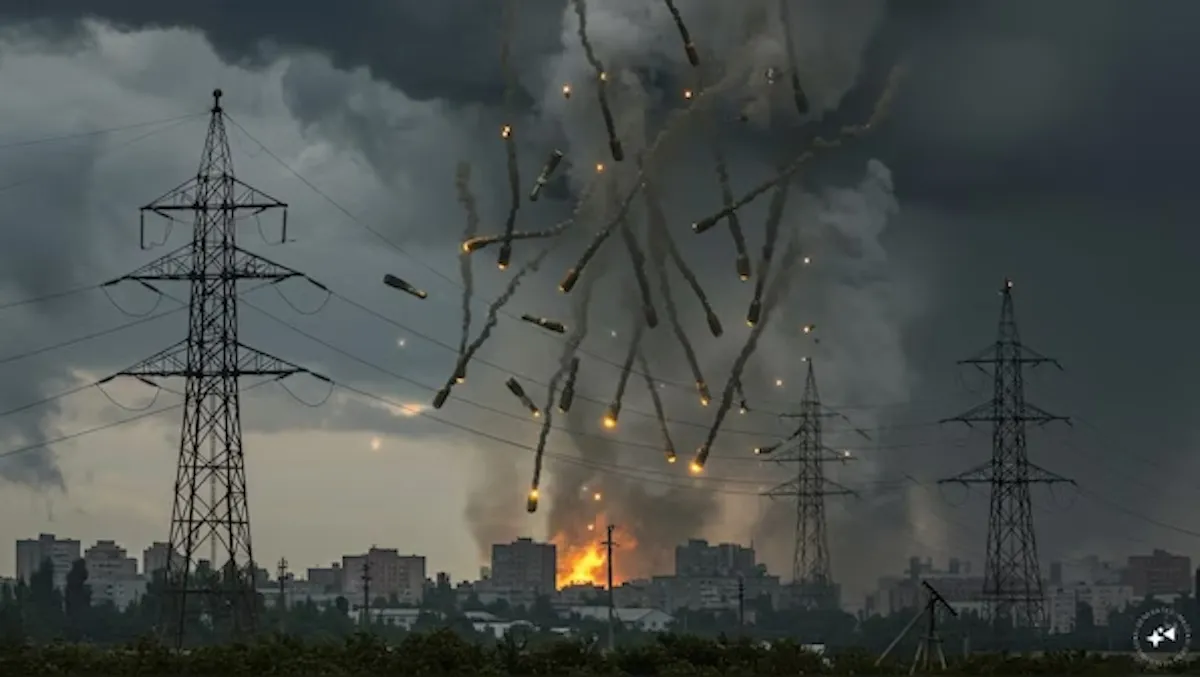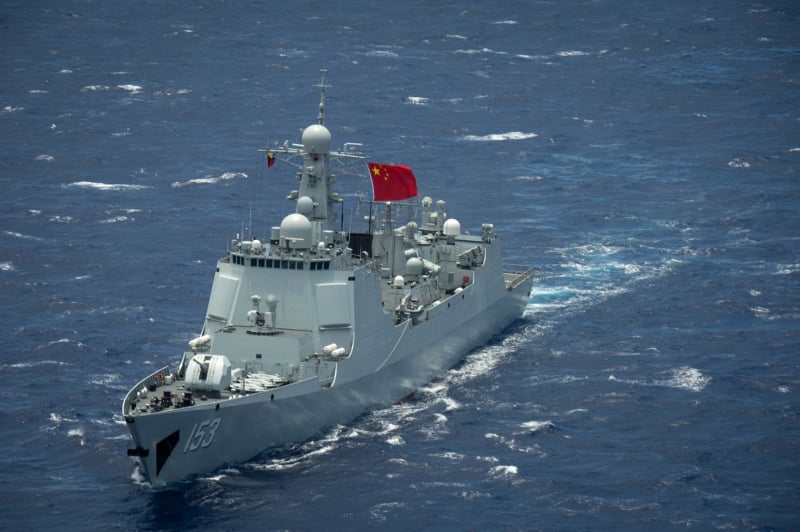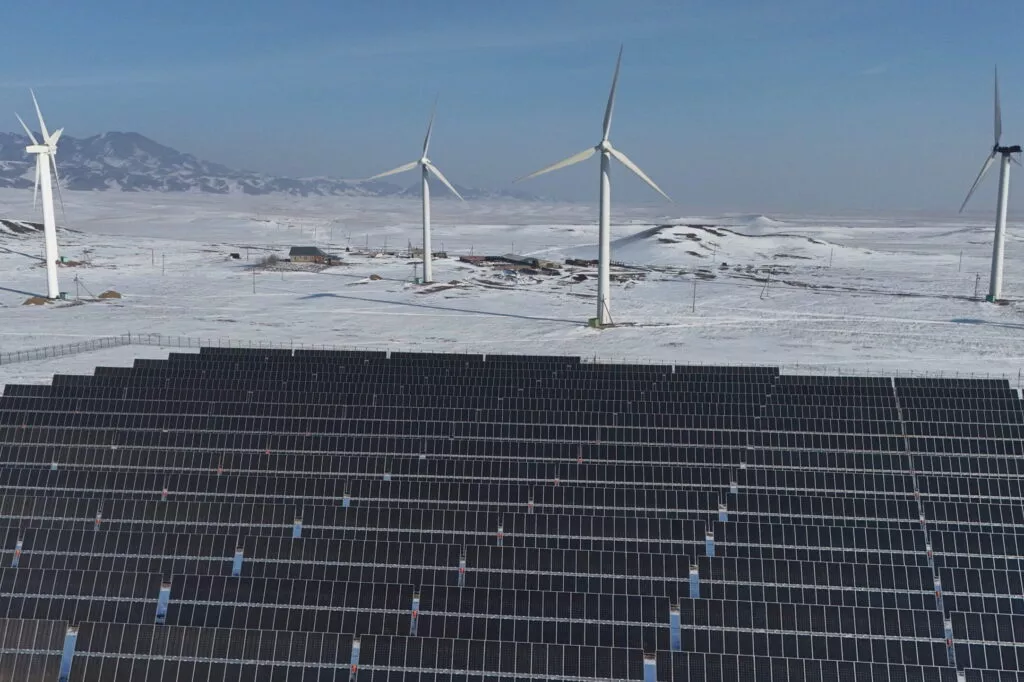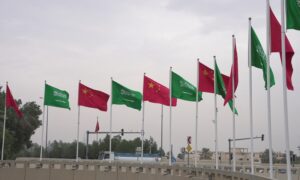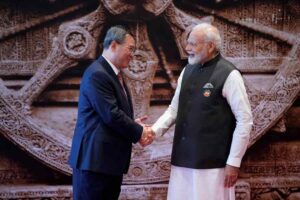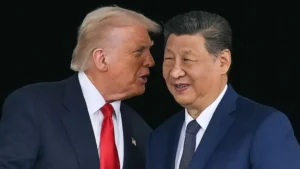China’s new graphite bomb signals shift to silent siege of Taiwan
China’s tease of a graphite bomb signals a shift toward non-kinetic warfare aimed at crippling Taiwan’s power grid and eroding resistance from within.
Recently the South China Morning Post (SCMP) reported that China in a state broadcaster video had teased a potential new graphite bomb, which appears designed to disable enemy power infrastructure through non-kinetic means.
The animation, shared via a CCTV-affiliated channel, shows a land-launched missile deploying 90 submunitions. These eject carbon filaments mid-air, short-circuiting electrical grids across an area exceeding 10,000 square meters.
While not officially named, the weapon mirrors characteristics of graphite munitions historically used by the US in Iraq and Kosovo. With a stated range of 290 kilometers and a 490-kilogram warhead, the weapon is allegedly suitable for precision strikes on substations, although its operational status remains undisclosed.
CCTV attributed the concept to China Aerospace Science and Technology Corporation but withheld technical specifications. Analysts highlighted its alignment with People’s Liberation Army (PLA) priorities, enabling the paralyzing of command, control and surveillance systems without confrontation.
A 2017 commentary by Modern Ships editor Chen Chundi classified graphite bombs as “game-changing,” citing their potential to bypass conventional defenses and integrate BeiDou-guided tail kits for enhanced accuracy. Online speculation quickly linked the system’s deployment to a potential contingency in Taiwan.
While China offered no confirmation of deployment or mass production, the broadcast marks a rare public reference to a capability aimed at undermining adversarial command, control, communications, computers, intelligence, surveillance and reconnaissance (C4ISR) frameworks through electromagnetic disruption.
The implications of this weapon go beyond battlefield utility. Analyzing the tactical, operational, and strategic impact of China’s new graphite bomb in a Taiwan scenario necessitates contextualization within a broader framework.
